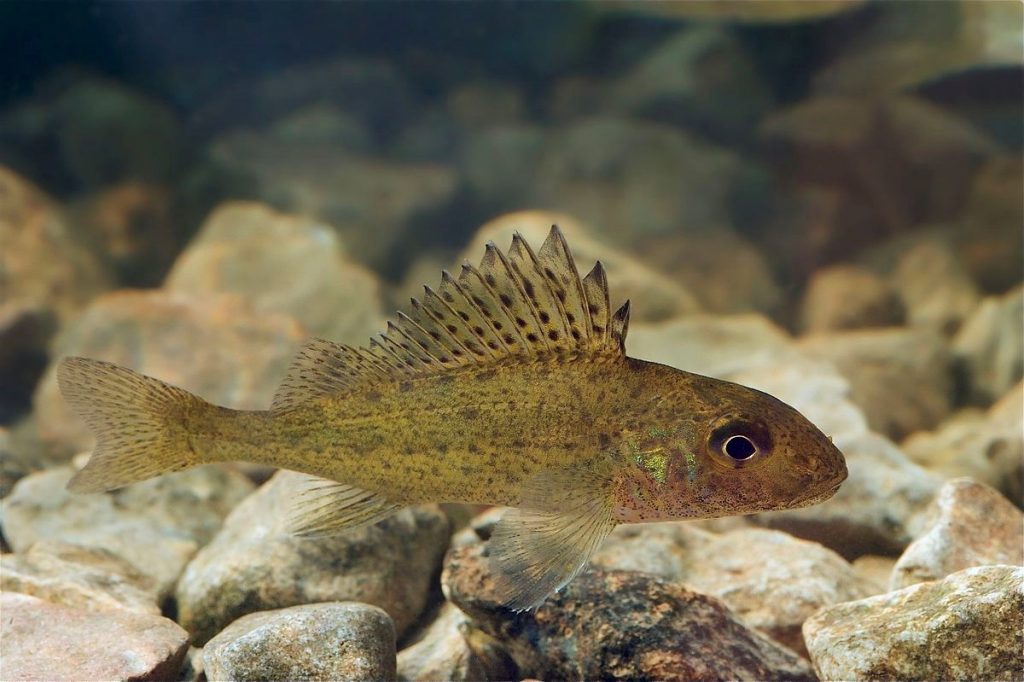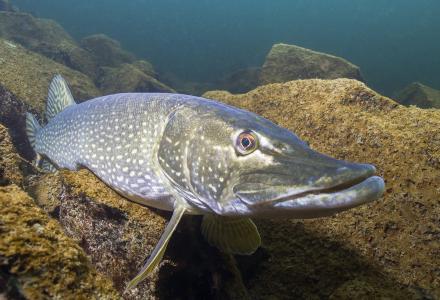Even though only one new invasive species (a zooplankton in Lake Erie) has become established in the Great Lakes since 2006, the Asian carp found nine miles from Lake Michigan in June showed that the threat of new invaders is still very real. As a result, a full emergency response was undertaken by the Asian Carp Regional Coordinating Committee – consisting of agencies from both US and Canadian federal governments, Ontario, Quebec, and 14 US states— with the Illinois Department of Natural Resources taking the lead.
These groups effectively implemented an interagency rapid response plan. The response to that lone fish was a swift investigation to see if there were any more, alongside lab work to determine where it had come from. The response is an example of governments taking up what the IJC called “Plan B,” a rapid response plan to swiftly deal with new invaders that make it near or into the Great Lakes. The IJC put forth a series of recommendations for that Plan B in 2012 to make sure resources are in place and decisions can be made quickly in case of a new species detection. Those IJC recommendations have since been incorporated by state, provincial, and federal governments in their individual and interagency response frameworks.
“The optimal approach is prevention, but in reality when you think of the number of pathways and the number of potential invasive species, it’s best to have a Plan B,” said Michael Donahue, vice president of the regional coordinating committee who helped to create the IJC recommendations.
The IJC recommendations and careful planning of response actions by governments have provided much progress toward objectives of the Great Lakes Water Quality Agreement’s invasive species annex, according to Gavin Christie, IJC Science Advisory Board member and Research Coordination Committee Canadian co-chair.
Under the Asian Carp Regional Coordinating Committee, plans like those invoked in summer 2017 in the Chicago area waterway have focused primarily on Asian carp species – silver, bighead black and grass carp. The Conference of Great Lakes and St. Lawrence Governors and Premiers have established a mutual aid agreement to work collaboratively and share resources to deal with regionally threatening invasive species, Christie said, and ongoing US Great Lakes Restoration Initiative money is funding more work around response planning by states.
According to a 2016 Progress Report of the Parties, the Canadian and US governments have laid out watch lists of high priority species and locations; protocols for monitoring, surveillance and sampling; information sharing among departments and agencies on each side of the border; and coordinated plans and preparations for responding to invasive species detection.
“The IJC work provides a strong reference and background for people to use and build upon,” Christie said. “That (pilot) work was very useful at the time, and has been absorbed and picked up by this broader community of effort going on.” A 2009 IJC document notes that invasive species that have arrived through ballast water cause an estimated $200 million in damages annually on the US side alone, and the total cost in the basin could amount to several billions each year. For example, Eurasian ruffe was first detected in the Great Lakes in the mid-1980s. While considerable efforts were directed at this species, if it had been anticipated and a full response plan initiated early enough, there is the potential that the efforts to eradicate this invasive fish could have been successful, according to that 2009 IJC report. But without an approved and broadly supported rapid response plan, the decision-making process was difficult and ultimately, in spite of best efforts, the ruffe was able to become established in the lakes.

Donahue, working with a broad interagency working group convened by the IJC under its Great Lakes Water Quality Board, put together that 2012 report for the IJC’s Aquatic Invasive Species Rapid Response Work Group to serve as a template for rapid response planning.
“Our idea wasn’t to create a massive new structure, but just to come up with new mechanisms for everyone to work together when an established (invasive) population is found,” Donahue said. Donahue’s work focused on the Huron-Erie corridor, in part because it was a manageable area for a pilot study, but also the geographical nature of the stretch. It includes rivers, binational waterways, shallows, back bays, is a major shipping thoroughfare and a biologically productive area. It also features numerous pathways for invasive species: commercial shipping ballast water, recreational boats transporting species in bilge water or on the hull, bait, aquariums, aquaculture, ornamental fish ponds, and migration up and down the rivers. Donahue’s 2012 report for the IJC reviewed a wide range of response plans and examples of response actions, like the 2009 Asian Carp response operation conducted by US and Canadian agencies in Chicago area waterways, and lessons learned from that work also were incorporated into his pilot study.
There are several objectives that an effective plan needs to hit on, according to that 2012 report. Early detection and reporting is vitally important to maximizing the amount of time available to respond, as is rapidly assessing the risk of an infestation by measuring the species’ abundance and distribution. A plan also needs a well-defined decision-making process that identifies all agency roles and authorities and a process to make decisions. Finally, a detailed, rigorous and clearly stated methodology is needed to make sure the plan is implemented quickly and effectively. The rapid response plan framework is generalized enough that it can be adapted as needed based on the species, location and the situation, Donahue added.
Donahue, a Great Lakes resident, said knowing that a response plan is in place would be comforting if and when prevention efforts fail, and he’s optimistic that the work done for the IJC will lead to a sound solution in the future.


Kevin Bunch is a writer-communications specialist at the IJC’s US Section office in Washington, D.C.



